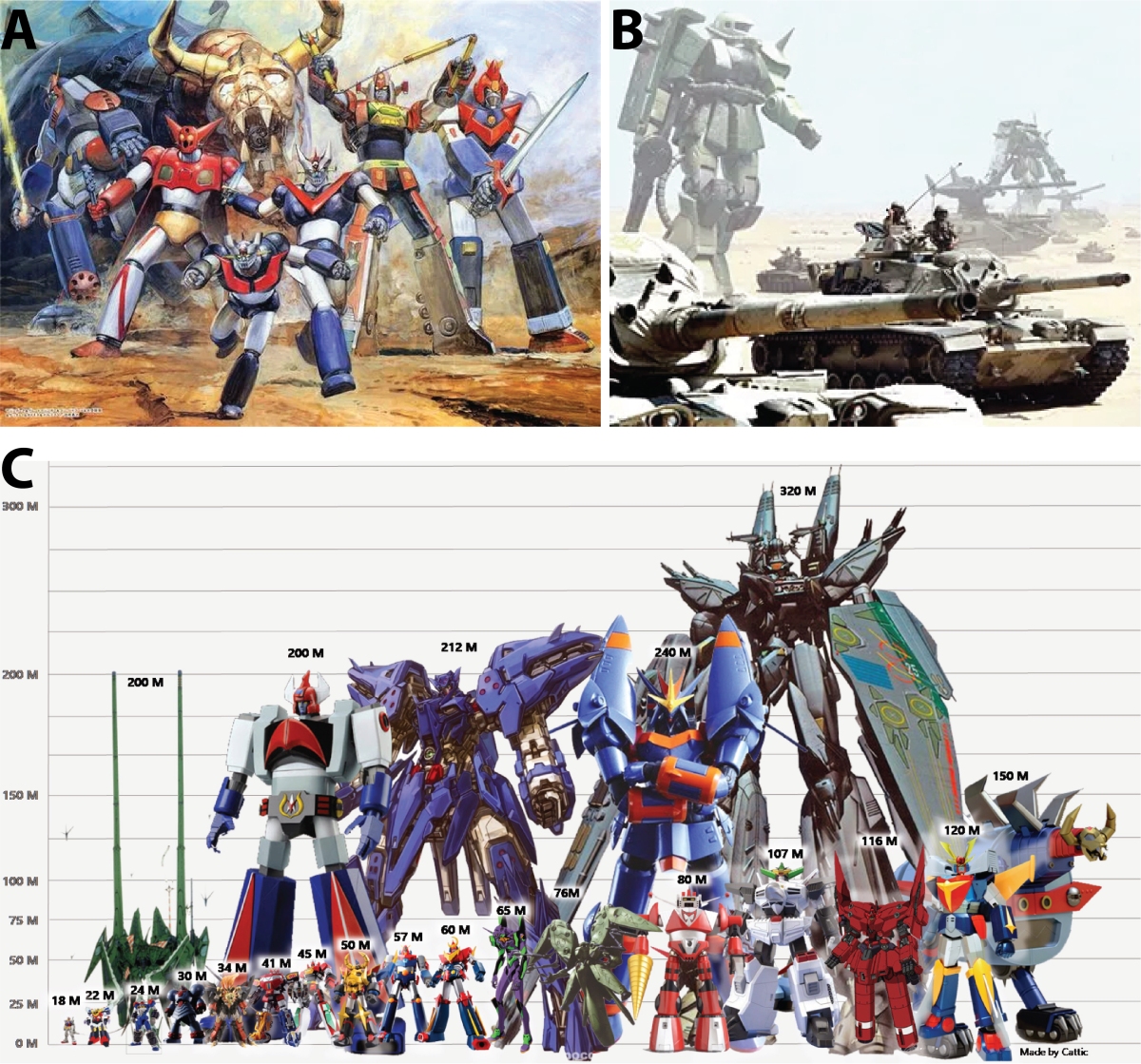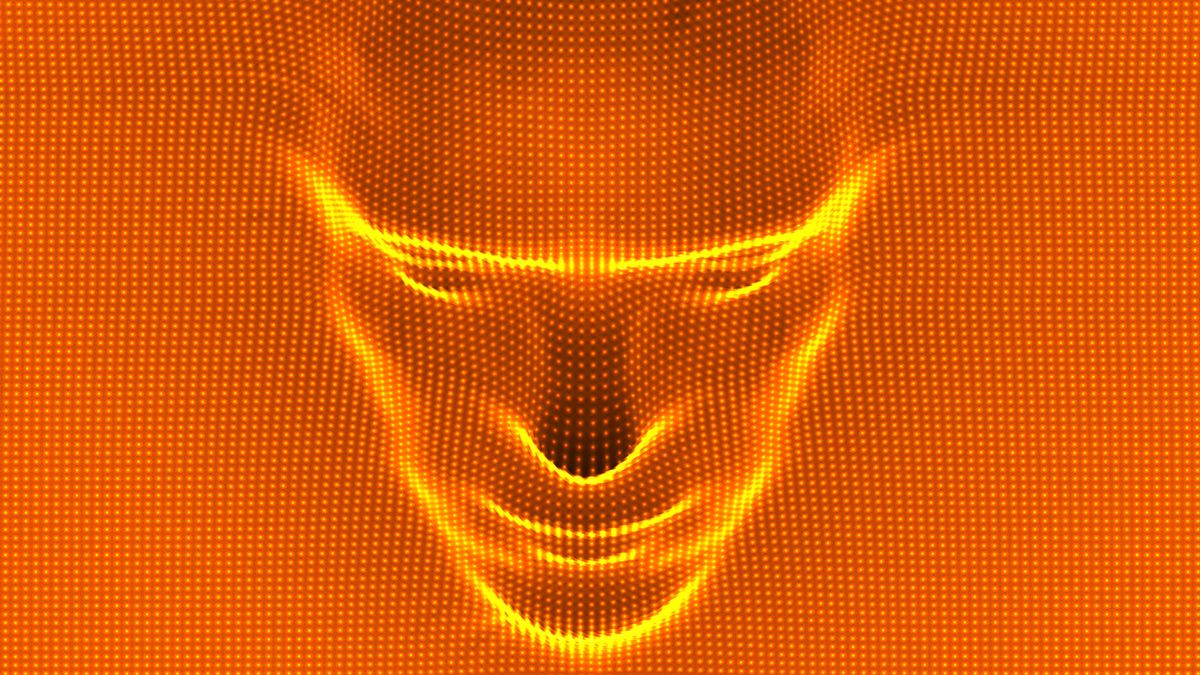Backslash - Wikipedia
The backslash \ is a mark used mainly in computing and mathematics. It is the mirror image of the common slash / . It is a relatively recent mark, first documented in the 1930s. It is sometimes called a hack, whack, escape (from C/UNIX), reverse slash, slosh, downwhack, backslant, backwhack, bash, reverse slant, reverse solidus, and reversed virgule.[1][2]
As of November 2022[update], efforts to identify either the origin of this character or its purpose before the 1960s have not been successful. The earliest known reference found to date is a 1937 maintenance manual from the Teletype Corporation with a photograph showing the keyboard of its Kleinschmidt keyboard perforator WPE-3 using the Wheatstone system.[3][4] The symbol was called the "diagonal key",[5] and given a (non-standard) Morse code of ▄ ▄▄▄ ▄ ▄ ▄▄▄ .[6][a]
In June 1960, IBM published an "Extended character set standard" that includes the symbol at 0x19.[4] In September 1961, Bob Bemer (IBM) proposed to the X3.2 standards committee that [, ] and \ be made part of the proposed standard, describing the backslash as a "reverse division operator" and cited its prior use by Teletype in telecommunications. In particular, he said, the \ was needed so that the ALGOL Boolean operators ∧ (logical conjunction) and ∨ (logical disjunction) could be composed using /\ and \/ respectively. The Committee adopted these changes into the draft American Standard (subsequently called ASCII) at its November 1961 meeting.[4]




%20(1).png)






